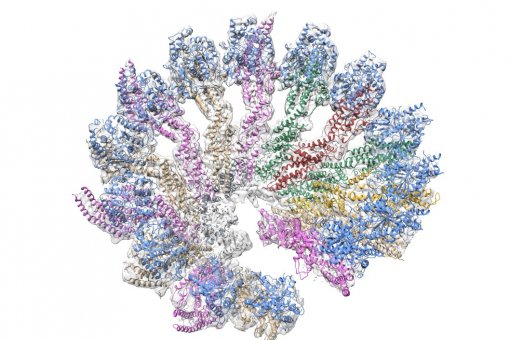Contact

In the leading edge section of Cell, C. Gonzalez (IRB Barcelona) and A. Wodarz (CMPB, Germany) review the latest articles providing new insight into the mechanisms by which loss of polarity in stem cell may lead to tumourigenesis.
The hypothesis that some tumours may arise by the transformation of stem cells has recently gained much attention. Stem cells possess an enormous developmental potential and have the unique ability to self-renew. These two features, essential for their normal behaviour during development and adult tissue homeostasis, could make of stem cells a major threat to the organism if the machinery that keeps them in check becomes defective.
Is this a plausible mechanism of tumourigenesis? Exploiting Drosophila neuroblasts as model stem cells, three papers published in the last months demonstrate that this is indeed the case. These papers show that keeping the self-renewal potential of stem cells at bay requires the tight control of the unequal segregation of cell-fate determinants in mitosis, a process that, in all likelihood, is as critical to human stem cells as it is to Drosophila neuroblasts. Furthermore, these articles have revealed a direct connection between loss of the cell-fate determinants Brat and Pros and the ectopic upregulation of specific target genes that in flies and in humans are known to control the cell cycle.
It remains to be determined whether the human homologues of the Drosophila genes involved in the control of asymmetry and cell fate work in a similar way to prevent the generation of cancer in man. However, Drosophila is showing its worth when it comes to modelling fundamental processes that are relevant for understanding human diseases.
References
- Betschinger, J., Mechtler, K., and Knoblich, J.A. (2006). Cell.
- Caussinus, E., and Gonzalez, C. (2005). Nat. Genet. 37, 1125–1129.
- Lee, C.-Y., Wilkinson, B.D., Siegrist, S.E.,Wharton, R.P., and Doe,C.Q. (2006a). Dev. Cell. 10.1016
- Reya, T., Morrison, S.J., Clarke, M.F., and Weissman, I.L. (2001). Nature 414, 105–111.
IRB Barcelona
L’Institut de Recerca Biomèdica (IRB Barcelona) treballa per aconseguir una vida lliure de malalties. Desenvolupa una recerca multidisciplinària d’excel·lència per curar el càncer i altres malalties vinculades a l'envelliment. Treballa establint col·laboracions amb la indústria farmacèutica i els principals hospitals per fer arribar els resultats de la recerca a la societat a través de la transferència de tecnologia, i du a terme diferents iniciatives de divulgació científica per mantenir un diàleg obert amb la ciutadania. L’IRB Barcelona és un centre internacional que acull al voltant de 400 investigadors de més de 30 nacionalitats. Reconegut com a Centre d'Excel·lència Severo Ochoa des de 2011, és un centre CERCA i membre del Barcelona Institute of Science and Technology (BIST).


